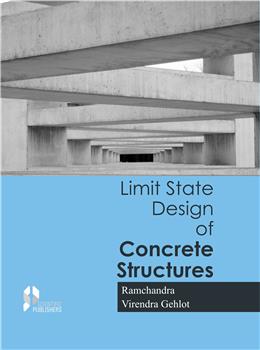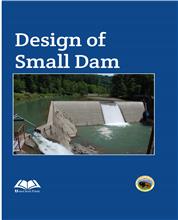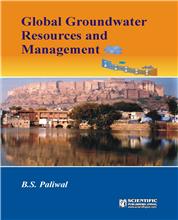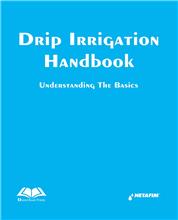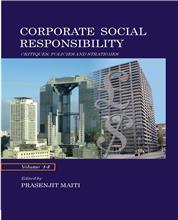PART I - INTRODUCTION
1. Introduction to Limit State Design of Concrete Structure
PART II - LOADS, STRENGTH AND PARTIAL SAFETY FACTORS
2. Characteristic Load, Characteristic strength of Materials and Partial Safety Factors
PART III - DESIGN OF BEAMS
3. Limit State of Collapse in Flexure (Design of Singly Reinforced); 4. Limit State of Collapse in shear (Design of Singly Reinforced); 5. Limit State of Serviceability for Deflections (Design of Singly Reinforced); 6. Limit State of Serviceability for Cracking (Design of Singly Reinforced Rectangular Beams - IV); 7. Limit State of Collapse for other Requirements (Design of Singly Reinforced Rectangular Beams - V); 8. Limit state of Collapse in Flexure, shear and other Requirements (Design of Doubly Reinforced Rectangular Beams - I); 9. Limit State of Serviceability in Deflections (Design of Doubly Reinforced Rectangular Beams- II); 10. Limit State of Collapse in Flexure, Shear and other Requirements (Design of Flanged Beams- I); 11. Limit State of Torsion and Shear and Torsion Combined (Design of Flanged Beams- II); 12. Limit State of Serviceability for Deflections (Design of Flanged Beams - III); 13. Limit State of Collapse in Flexure (Design of Continuous Beams-I); 14. Limit State of Collapse in Shear (Design of Continuous Beams - II); 15. Limit State of Serviceability for Deflections (Design of Continuous Beams - III); 16. Redistribution of Moments in Ideal Elastic Plastic Materials.
PART - IV. DESIGN OF SLABS
17. ULS and SLS Methods of Design (Design of Slabs Spanning in one-Direction); 18. ULS and SLS Methods of Design (Design of Slabs spanning in Two - Directions); 19. ULS and SLS Methods of Design (Design of Flat Slabs); 20. ULS and SLS Methods of Design (Design of Circular Slabs)
PART - V. DESIGN OF COLUMNS
21. Limit State of Collapse in Compression (Design of Short Columns); 22. Limit State of Collapse in Compression and Bending Combined (Design of Long (Slender) Columns)
PART - VI. DESIGN OF FOOTINGS
23. Limit State of Collapse in Flexure and in shear (Design of Independent Footing); 24. Limit State of Collapse in Flexure and in shear (Design of Combined Footing)
PART - VII. DESIGN OF OTHER CONCRETE STRUCTURES
25. Limit State of collapse in shear Design of Stairs; 26. Limit State of Collapse in Flexure and shear (Design of Retaining Walls); 27. Design of Domes; 28. Limit State of Collapse in Flexure and in shear (Design of Lintens)
